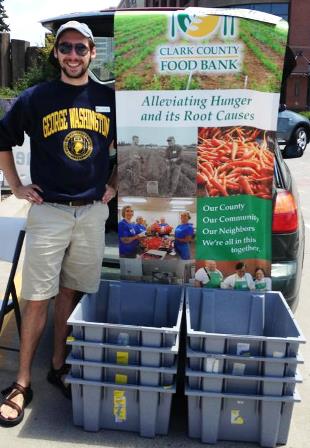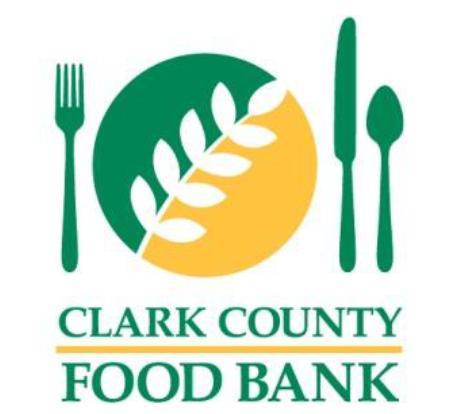
There are seven farmers markets in Clark County. Currently, there are two produce recovery stations: one at the downtown Vancouver Farmers market and another at the Salmon Creek Farmers Market. Together, these markets have over 300 vendors and attract thousands of patrons every year. This is a great way to reach out to farmers and patrons about the food bank. Stop by every farmer’s market in your target area to meet with farmers and discuss the gleaning program.
A great way to meet both vendors and other potential donors is to set up a booth at a farmers market to serve as both outreach and a method of produce recovery. Farmers market donation stations are a place where the community can donate their backyard produce and farmers can donate their surplus produce to the food bank. It is recommended to have a person at the donation station as much as possible, but the beginning of the season is of the utmost importance. Arrange for a local emergency food agency to pick up the food after the market closes. Farmers that have not previously donated to the food bank typically find it to be a convenient way to donate their surplus.
To set up a donation station, contact the farmer’s market coordinators. The county Health Department helps organize the farmer’s markets in Clark County. Make a formal or informal presentation about the donation station. Highlight what it would bring to the market (supporting greater community, providing more incentive to visit the market, etc.). Consider any logistical barriers that could potentially arise such as space, educational materials, and volunteers to assist with tabling. One year, Burgerville was able to sponsor the produce recovery program and offer an incentive to those who donated to the Clark County Food Bank. As time goes on, more markets may want to establish a donation station.


